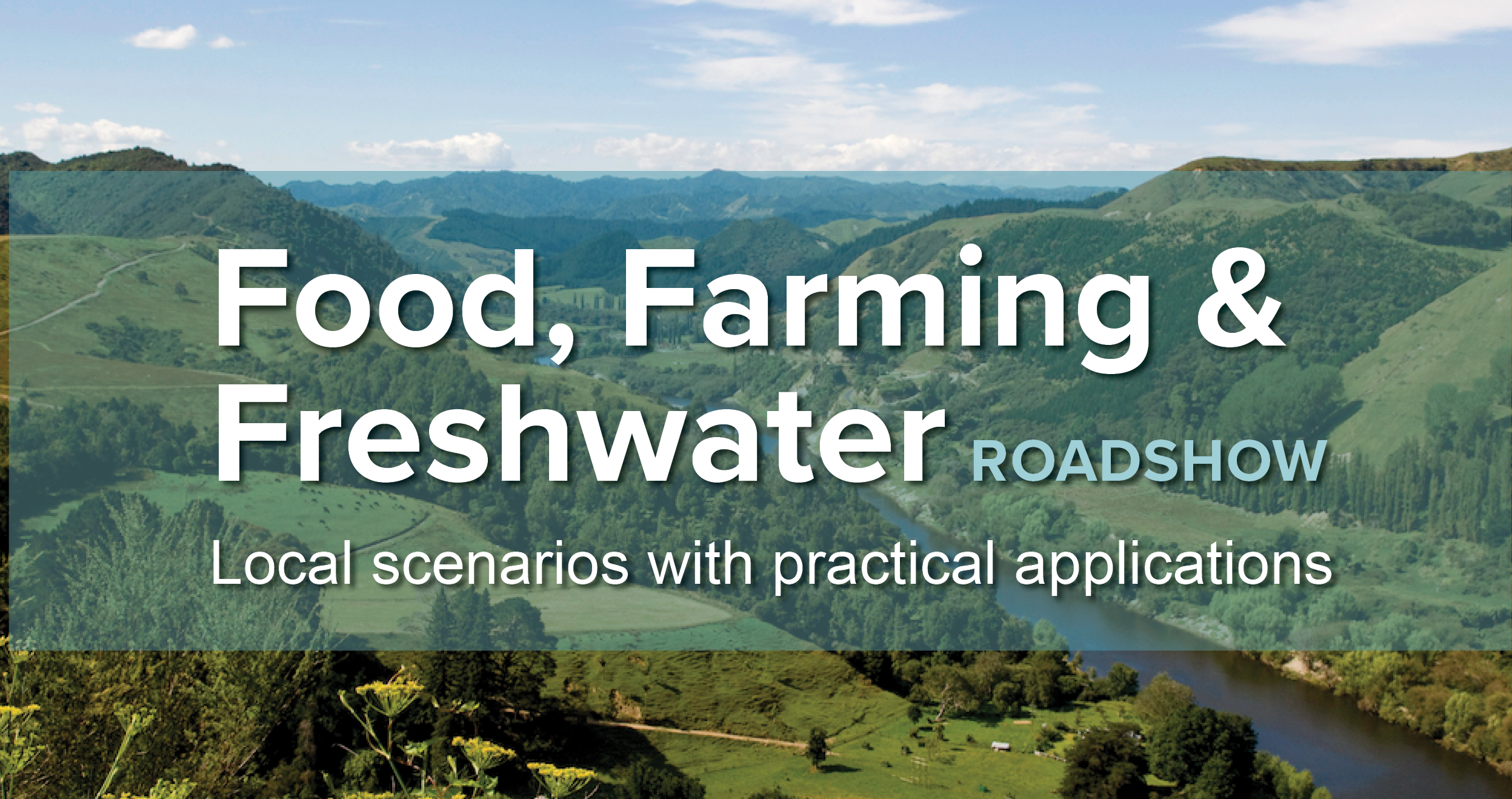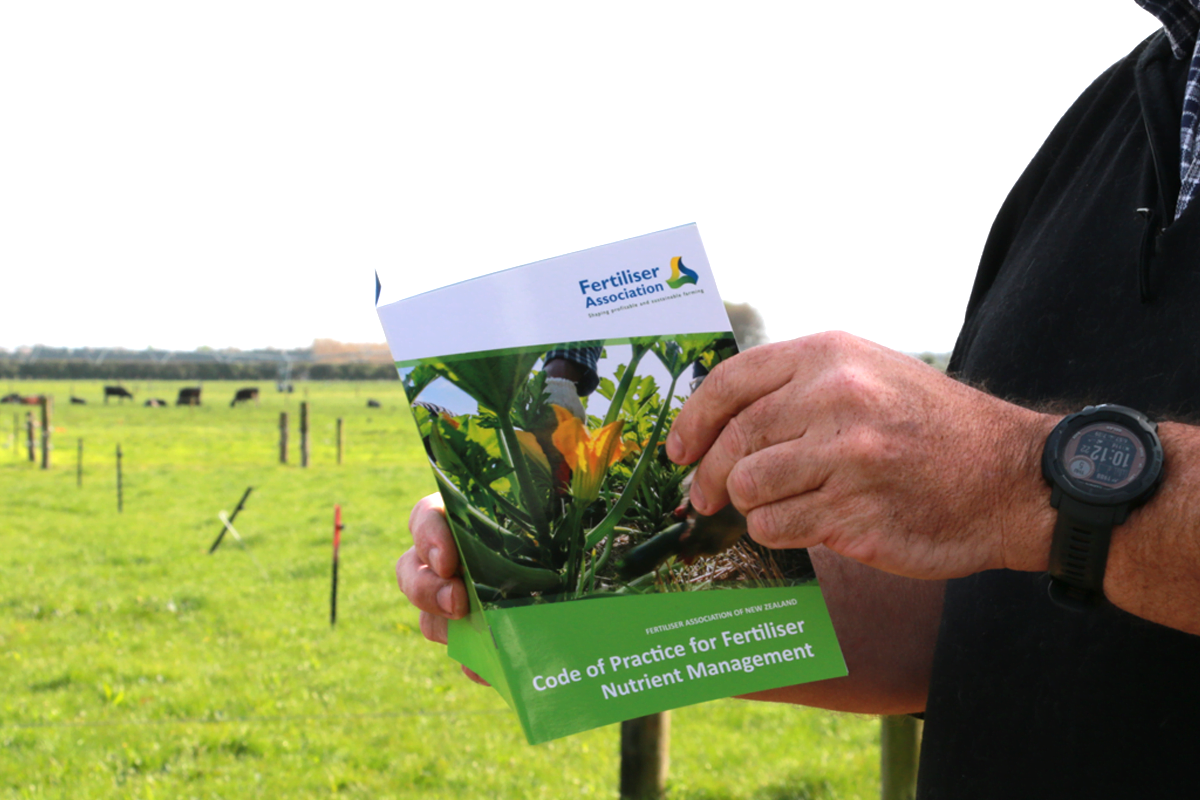Optimizing land use for the delivery of catchment ecosystem services
August 2017
Publication: Frontiers in Ecology and the Environment
Author(s): D.G. Doody; P.J. Withers; R.M. Dils; R.W. McDowell; V. Smith; Y.R. McElarney; M. Dunbar; D. Daly
Despite widespread implementation of best management practices, sustainable farming is neither practical nor possible in certain locations, where protecting water quality and promoting agricultural production are likely to be incompatible. Some strategic prioritization of land-use options and acceptance of continually degraded waterbodies may be required to ensure optimization of multiple ecosystem services in catchments (also known as watersheds or drainage basins). We examine approaches to prioritization and propose catchment buffering capacity as a concept to manage the pressure–impact relationship between land use and aquatic ecosystems. Catchment buffering capacity can be considered as a continuum of biogeochemical, hydrological, and ecological catchment properties that define this relationship. Here, we outline a conceptual framework to assist prioritization: (1) establish a water-quality target, (2) quantify the gap in compliance to achieve the desired target, (3) assess catchment sensitivity to change, and (4) determine the adaptive capacity of catchment communities to reach the target.
 View Our Strategy Document 2019 – 2024
View Our Strategy Document 2019 – 2024



